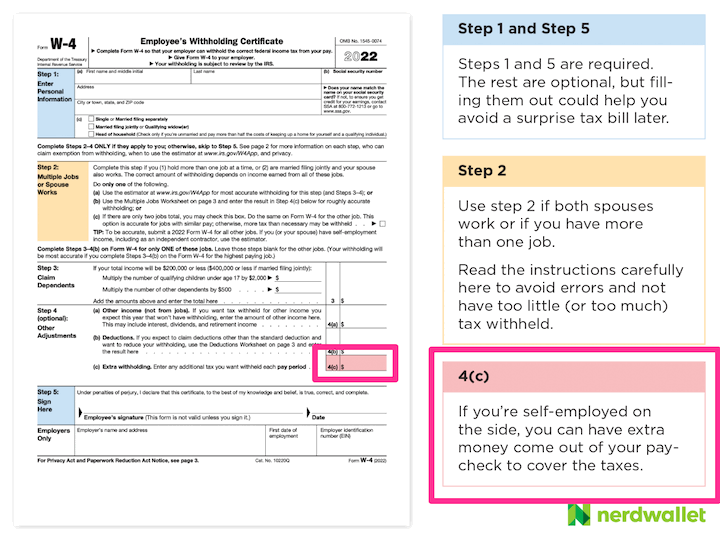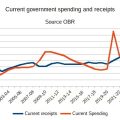It’s late in the year, and you may have realized that you will owe more income tax than you thought. In order to avoid penalties, you’ll need to send some extra money to the IRS or your state tax collector. Here is the *general* rule to avoid a penalty for underpayment of estimated tax, according to the IRS:
Generally, most taxpayers will avoid this penalty if they owe less than $1,000 in tax after subtracting their withholdings and credits, or if they paid at least 90% of the tax for the current year, or 100% of the tax shown on the return for the prior year, whichever is smaller.
But again, that’s generally. Even if you send it by the end of the year, you may still be on the hook for some penalties because the IRS wants you to pay your taxes evenly throughout the year. For example, technically you’ll need to pay 25% of the tax shown on the return for the prior year for each of the four quarters, adding up to 100% over the entire year. They don’t allow you to pay everything on December 31st.
There are two ways to pay your taxes during the year:
- Withholding from your pay, your pension or certain government payments, such as Social Security.
- Making quarterly estimated tax payments during the year.
However, there is a small but potentially important different between the two options. No matter when your withholding is taken out from your paycheck during the year, it is viewed as being paid in evenly. In contrast, any 1040-ES estimated payments are assigned to a specific quarter.
So if you think you’ve underpaid your taxes by enough that penalties may apply, you should consider changing your paycheck withholding to increase your tax payments instead of making a direct payment to the IRS. Many payroll providers will let you adjust things online and you can specifically set the amount of extra withholding for them to take out. Or you may have to submit a W-4 directly to your HR department. This will be step 4(c) on the official W-4 form. Note that this will be the flat amount taken out of each paycheck until you change it back. See top image for reference (source).



